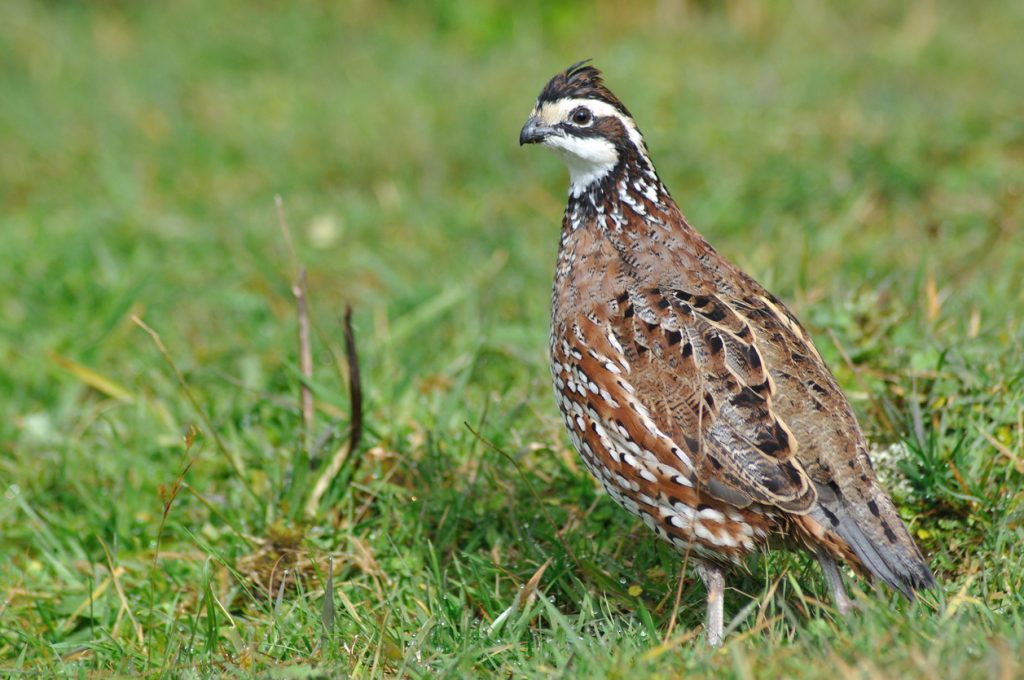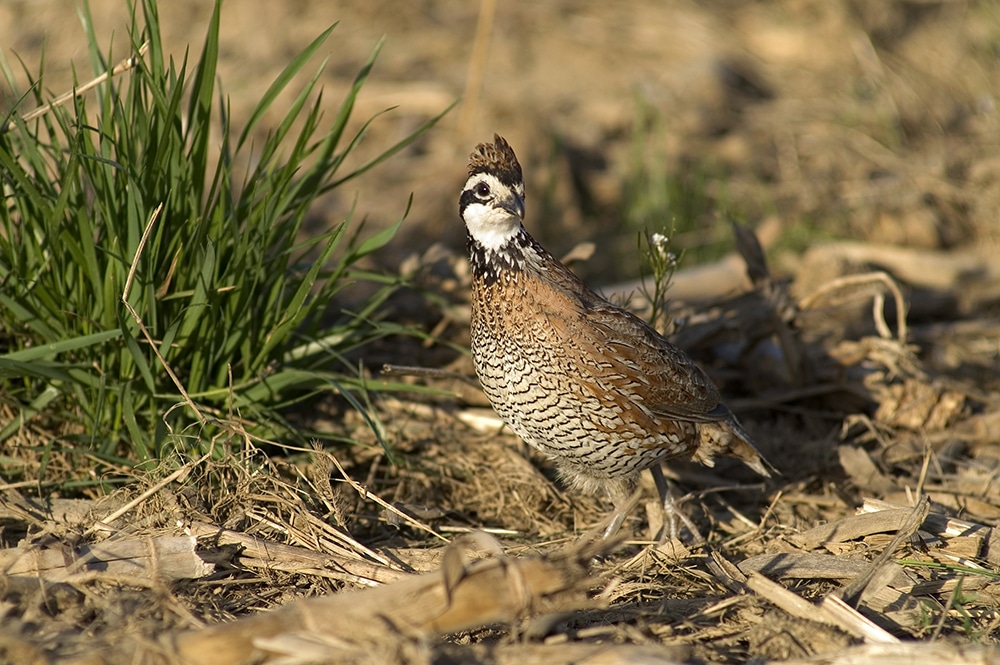Many landowners want to create a thriving habitat for wildlife. Both hunters and conservationists want increased populations of deer and upland birds. Healthy, biodiverse ecological environments are shrinking with urban sprawl. Preserving and restoring natural areas has become a high priority.
This article discusses the type of native plants that help create wildlife habitat.
Understanding the Needs of Deer and Upland Birds
If you want to increase deer and upland bird populations on your land, you need to understand their needs. Deer populations need diverse vegetation for food, shelter, and protection. Upland birds prefer open grasslands. For example, they like a mix of tall grasses and wildflowers for nesting and foraging.
Permaplot® & Bucks Unlimited Oak
Forrest Keeling’s Permaplot® is a collection of native trees and shrubs. Their hard and soft mast mimics a deer’s preferred diet. In fact, its acorns are a magnet for deer, waterfowl, and upland birds. It provides quality food for a variety of wildlife throughout the year.
One of the featured trees is the ‘Bucks Unlimited Oak’. This native selection yields twice the mast production of other oaks.
The native species of Permaplot® help support healthy soil. This allows for the proper balance of insects, amphibians, reptiles, birds, and mammals.
Unlike an annual food plot, there’s no annual planting expense. Permaplot® is a one-time planting solution that makes your land a ‘nature’s keeper’. Permaplot® and you… natural partners supporting wildlife, one tree at a time.
Grow Your own Quail Covey Habitat HEadquarters

Good quail habitat starts with incorporating the right blend of native plants. The mix of grasses, forbs, and shrubs create food and habitat to support a healthy population.
Coveys – or small flocks of quail – need adequate food and protection to survive. Covey habitat can be man-made or created by improving or managing vegetation on your site. The goal is to allow a progression of short, herbaceous plants and short to tall woody plants. Dense cover with a canopy height of about three feet creates an ideal environment. It’s crucial to achieve the right proportion of both size and density of the vegetation.

Quail Covey
Native Plants for Your Project
Forrest Keeling has spent decades researching native plants that best support wildlife. Below is a list of grasses, forbs, and woody shrubs to consider adding to your landscape.
Grasses
- Little Bluestem
- Indian Grass
- Tall Nutgrass
- Sideoats Grama

Forbs
- Illinois Bundleflower
- Leadplant
- Gray-headed coneflower
- Roundhead Lespedeza
- Showy Ticklover
Woody Shrubs
- Blackberry
- Gray Dogwood
- False Indigo
- American Plum
- Serviceberry
It’s important to remember that your project needs initial maintenance. But they will only need minimal attention after the plants have become established.
Forrest Keeling Grows Natives That Support Health Habitats
Creating a thriving habitat for deer and upland birds is rewarding. By embracing native plants, you attract wildlife of all types to your land. It also contributes to the health of your local ecosystem.
If you’re considering embarking on a wildlife planting project, Forrest Keeling can help. Their robust RPM-produced natives grow and fruit 2X faster than other plants. And they enjoy unsurpassed survivability. They will serve as the foundation for your project’s success. Get in touch with a team member today for more information or to schedule a consultation.
